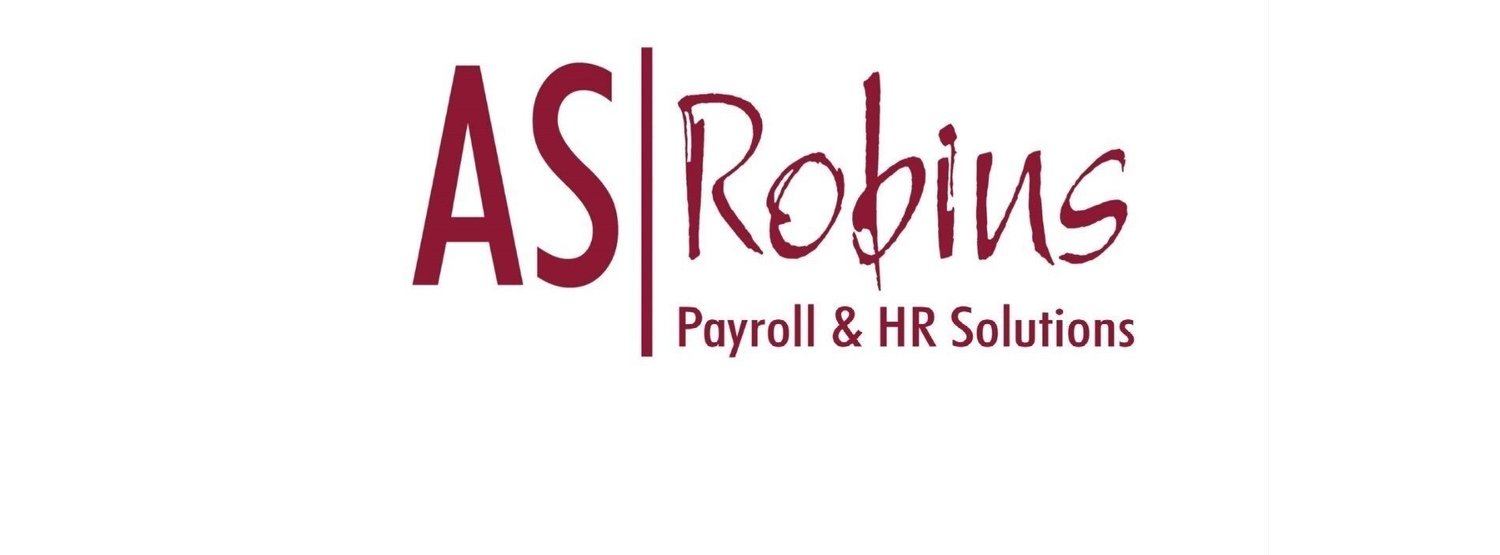Employers' National Insurance contributions to change from April 2025: Everything you need to know
Rachel Reeves, the Chancellor of the Exchequer, has confirmed that Labour will be adhering to their manifesto pledge of keeping the rates for National Insurance (NI), Income Tax, and VAT unchanged for working people. However, the rate of Employers’ NI contributions (NICs) will be increasing.
Context:
For a considerable amount of time, public services such as the NHS have suffered from staff shortages and underfunding, which has impacted their ability to provide sufficient care to patients as efficiently.
To resolve this, the Labour Party have decided to act on sourcing funds to use for the healthcare sector as they seek to improve the infrastructure, and that means asking businesses to help.
What are the changes set to take place and when?
The rate of Employers’ NI Contributions (NICs) will increase from the current 13.8% by 1.2 percentage points to 15% from April 2025. To put this into perspective, a company with ten workers earning £35,000 each would pay £35,742 a year in Employers' National Insurance contributions under the current rate of 13.8%. With a 1.2 percentage point rise, this would rise to £38,850 per year.
Not only this, but the second change set to take place will be the lowering of the secondary threshold, meaning employers will be paying NICs on employees’ earnings from £5,000 instead of the current £9,100 threshold.
How does this impact small businesses?
The changes that are set to be implemented will most certainly increase the pressure on small businesses, and with the increase in the National Minimum Wage, the issue becomes more prominent. However, it does make the savings available from some salary sacrifice arrangements, such as pension contributions, more useful for those affected.
To aid small businesses taking a hit from such changes, the Employment Allowance is set to be increased from £5,000 to £10,500, and additionally, the current Employment Allowance cap will be removed, meaning employers with an Employers' NIC liability over £100,000 in the previous tax year, and who would be otherwise eligible, can claim the £10,500 EA.
At AS Robins, we aim to ensure that we’re consistently updating our clients regarding any significant changes from HMRC. Feel free to follow us on LinkedIn and Instagram, where we frequently post about such updates.
LinkedIn:
Liz Robins https://www.linkedin.com/in/liz-robins-b95ba311/
AS Robins Business Page: https://www.linkedin.com/company/as-robins-llp/?viewAsMember=true
Instagram:
AS Robins: https://www.instagram.com/asrobinsllp?igsh=MXc5YWg1Zmliemd6dQ==

